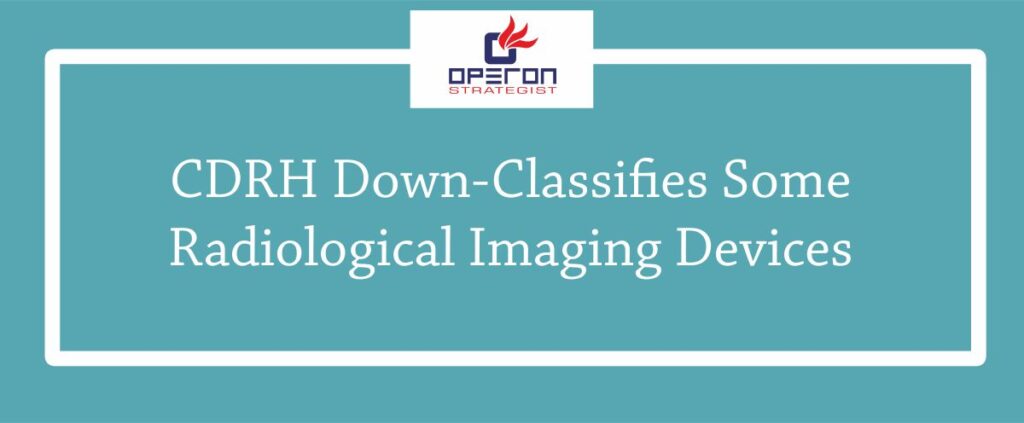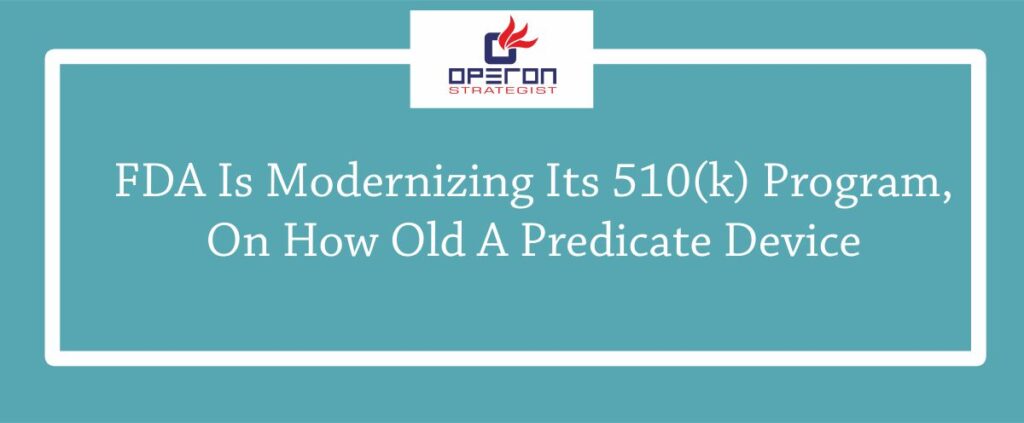510k Vs PMA we know that both the requirements are necessary of FDA device regulaltion. The difference between the two is that Class II medical devices require a 510k that is (premarket notification) submission and class III devices require a PMA which is (premarket approval).
What is the Purpose of 510K and Premarket Approval?
510k : The purpose of a 510k submission is to provide the FDA approval with documented evidence which proves that your medical device is substantially equivalent to a predicate device, one that has already been approved for marketing by the FDA. The FDA processes 510k submissions in 30-90 days.
Proving substantial equivalency means that you’ll need to compare and contrast your device with the predicate device, and while laboratory testing is a typical requirement, human testing is usually not needed for 510k submissions. Information from your documented Design Controls process, such as intended use, indications for use, design inputs (learn how to define them here), and design verification are all useful inputs for your 510k submission. Operon Strategist is FDA 510k Clearance helps the clients to register SBU (Small Business Unit), if applicable.
PMA : A PMA is more in-depth than a 510k – it is used to prove that a new device is safe and effective for the end user and typically requires clinical trials with human participants along with laboratory testing. The standards here are much higher than for 510k submissions, and the FDA has just 180 days to accept or reject the application.
510k Vs PMA : Process and Requirements
510(k) premarket notification means to prove the substantial equivalence between subject device and a predicate device. Predicate device is a legally marketed 510(k) cleared devices. There are 3 types of 510(k) premarket notification process to FDA.
- Traditional
- Abbreviated
- Special
PMA, post market approval is required for higher-class high-risk devices, PMA contains sufficient valid scientific evidence to assure that the device is safe and effective for its intended use. PMA required clinical investigations and non-clinical studies.
510k Vs PMA : In Details about Devices, Process and Requirements
- Premarket Notification 510(k)
For many products marketed in the U.S., a premarket notification 510(k) must be submitted to the FDA to demonstrate substantial equivalence. Substantial equivalence (SE) means the device has similar technological characteristics to previous medical devices that already exist for a similar purpose. A cleared 510(k) shows that a product does what it’s intended to.
- Devices
A 510(k) premarket notification is required anytime that a new device is being introduced into commercial distribution for the first time or when there is a significant change to a legally marketed product. A significant change is a modification that could substantially affect the device’s safety, effectiveness, or intended use.
- Process
The FDA has a very specific format that is expected of all premarket notifications. The submissions must be sent in writing to the appropriate FDA center. They must include valid comparisons to similar marketed devices that provide support for their substantial equivalence claims. Until the submitter has received a response from the FDA confirming their device is cleared, they are not allowed to market their device.
- Requirements
When composing a 510(k) summary, a variety of information must be included, such as:
- The device’s name
- The registration number and device classification
- Actions taken to comply with performance standards
- Potential ideas for labels and advertisements that properly explain a device’s use
- Location the device will be introduced to the market
- A comparison to other similar devices
- A financial certification
- Clinical trial data, if applicable
Premarket Approval (PMA)
According to the FDA, Class III medical devices are any that “support or sustain human life, are of substantial importance in preventing impairment of human health, or which present a potential, unreasonable risk of illness or injury.” These devices require a Premarket Approval (PMA) because of the effect they can have on human life. To earn PMA a device must undergo an FDA review process that examines its safety and effectiveness.
- Devices
A PMA is necessary for any Class III device that does not already require a 510(k). To find out whether a medical device requires a PMA or a Class III 510(k), the three-letter product code must be searched in the database. The product code is a short identifier that represents the type of device being made and its intended use.
- Process
Similar to the 510(k) application, a device cannot be marketed until a PMA is returned from the FDA. The PMA is usually submitted by whoever has access to the data and information about regulatory controls – this can be an individual, corporation, government agency, etc. This application requires the inventor to run clinical trials with humans and laboratory tests in anticipation of the pending approval. The submission must be written in careful consideration of the guidelines, because PMAs will be denied if they are not well-structured and persuasive.
- Requirements
- A PMA submission must contain a more detailed description of the Class III medical device and its intended use.
- Properties relevant to treating a disease or condition, a list of functional components, and the methods of development are just a few more things that must be included.
- Visit the U.S. Food and Drug Administration for a complete list of the necessary information which must be accounted for in a PMA.
- FDA Premarket Approval is no small challenge to acquire.
- The organization’s intense scrutiny makes it difficult to market a device that is up to FDA expectations.
Differences Between The 510(k) And PMA Approval Processes
Premarket approval (PMA) (21 CFR 814.39) is the FDA process of scientific and regulatory review to evaluate the safety and effectiveness of Class III medical devices. Due to the level of risk associated with Class III devices, FDA requires sufficient valid scientific evidence to assure that the device is safe and effective for its intended use(s). The content of PMA is similar to the NDA for new drugs, and contains manufacturing sections, pre-clinical laboratory studies and clinical investigations.
510(k) The name refers to requirements outlined in section 510(k) of Food, Drug and Cosmetics Act. If the device is considered to be substantially equivalent to one or more similarly marketed devices (known as “predicate” devices), a claim of substantial equivalence can be made. A claim of substantial equivalence does not mean the new and predicate devices must be identical. Substantial equivalence is established with respect to intended use, design and other parameters.
Premarket Notification and Premarket Approval : Short Description
PMA: Submitting a PMA application is a more extensive approach, requiring substantial evidence that provides “reasonable assurance that the device is safe and effective” through methods like clinical trials, and results in FDA “approval.” This process is reserved for high-risk Class III medical devices.
510k : On the other hand, the 510(k) process is shorter and less costly, and results in FDA “clearance.” Applying for a 510(k) assumes a substantial equivalent, or “predicate” device, can be clearly identified. While there is no specific 510(k) form, 21 CFR 807 Subpart E details clear requirements regarding design, development, and documentation specifications for a 510(k) submission. As a result of this transparency, medical device companies can face drastic consequences if they fail to adhere to these detailed submittal requirements.
Navigating 510(k) clearance or PMA approval can be riddled with obstacles and slow time-to-market to a frustrating pace. Operon Strategist medical device regulatory consultancy adopting a product-centric approach, you can manage your premarket submittal process smoothly and with confidence.
- adminhttps://operonstrategist.com/author/admin-2/
- adminhttps://operonstrategist.com/author/admin-2/
- adminhttps://operonstrategist.com/author/admin-2/
- adminhttps://operonstrategist.com/author/admin-2/




